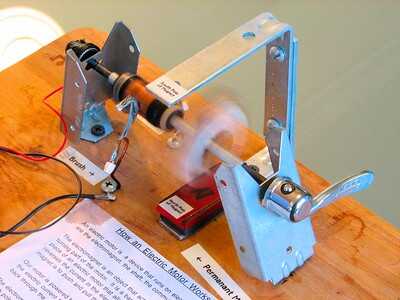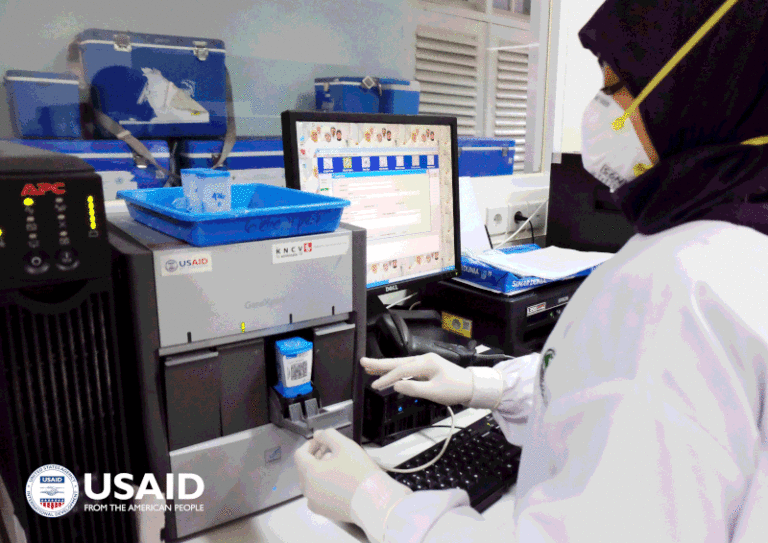How Electric Motors Work: 3 Steps Explained
Electric motors work by current input, electromagnetic interaction, and electromechanical conversion. This article discusses how electric motors work, as follows;
1). Current Input (in explanation of How Electric Motors Work)
Current input is the first step in the working principle or operation of electric motors.
The working function of an electric motor electromechanical, where mechanical energy of rotation is produced from the magnetic field created by electricity that flows through a conductor [2].
This implies that the input and output of an electric motor are electricity and mechanical energy, respectively. It is inverse to the input and output of an electric generator, which means that the operation of an electric motor is simply a reverse form of how electric generators work.
Types of generators based on input current are AC and DC types; where AC receives alternating current and DC receives direct current, respectively.
To find the input current of an electric motor, calculations can be made using the following formulae;
I = P/V --- (1)
The above equation is modified for 3-phase line-to-line and 3-phase line-to-neutral configurations respectively, as follows;
I= P/√3(V × cosΦ × η) ---(2) (For 3-phase line-to-line)
I= P/3(V × cosΦ × η) ---(3) (For 3-phase line-to-neutral)
where;
I= Current (Amperes)
P= Power (Watts)
V= Voltage (Volts)
η= Efficiency of motor (%)
cosΦ= Power Factor
For power (P) that is given in units of horsepower (hp), it must be multiplied by 746 to convert it to Watts. For power in kilowatts (kW), it is multiplied by 1000 to convert to Watts.
Also, the amount of mechanical output produced by the electric generator is proportional to its energy efficiency. This is expressed mathematically as follows;
Mechanical output (Watts)= Power Input × Efficiency of motor (%) --- (4)
2). Electromagnetic Interaction
An electric motor uses electromagnetic induction, although not in the same manner as electric generators.
For electric motors, the use of electromagnetic induction is based on the interaction of electric currents with the field of a magnet in the motor [3].
As input current flows into the electric motor, the flowing electrons interact with the field of the motor magnet, so that their flow direct is altered. This electromagnetically-induced change in direction of current flow is what produces mechanical rotation.

3). Electromechanical Conversion (in explanation of How Electric Motors Work)
In an electric motor, current flows through a conductor which is usually in form of copper wire, wound around the rotor or stator component.
As current flows through this conductor, it is influenced by the field of the magnet, so that its flow direction is aligned with the direction of the field. The magnetic lines of force between the magnet and electrons in the motor (or the magnetic flux) also become modified by this interaction.
This produces what is known as the 'back EMF'; an electromotive force that moves in a reverse direction with respect to the changing magnetic flux that has produced it [1].
The presence of the back emf and the changing magnetic flux creates a torque or rotational force field that drives the rotor, and produces mechanical energy.

Conclusion
Electric motors work by a three-step process which comprises of;
1. Current Input
2. Electromagnetic Interaction
3. Electromechanical Conversion
References
1). Cui, Y.; Faizan, M.; Chen, Z. (2021). "Back EMF Waveform Comparison and Analysis of Two Kinds of Electrical Machines." World Electric Vehicle Journal 12(3):149. Available at: https://doi.org/10.3390/wevj12030149. (Accessed 16 February 2023).
2). Elssaify, R. A. E. (2022). "Electromechanical Energy Conversion Applications." Available at: https://www.researchgate.net/publication/362612688_Electromechanical_Energy_Conversion_Applications. (Accessed 16 February 2023).
3). Nascimento, D. A.; Smolenski, R.; Loschi, H. J.; Grassi, F.; Wan, L.; Beshir, A. H. (2021). "Electromagnetic Fields on 3-Phase Induction Motor Using Finite Element Analysis." 2021 IEEE International Joint EMC/SI/PI and EMC Europe Symposium. Available at: https://doi.org/10.1109/EMC/SI/PI/EMCEurope52599.2021.9559357. (Accessed 16 February 2023).


